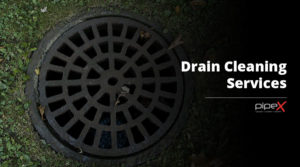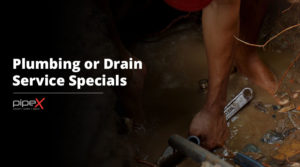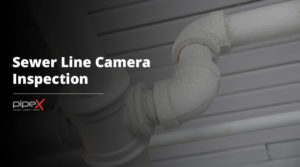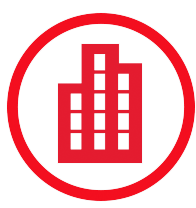Plumbing issues are one of the most stressful experiences that homeowners may encounter. A damaged water well or burst pipe that is drenching your premises with water would certainly be considered to be true emergencies. There are also a plethora of problems like blocked drains, slow-moving etc. that may not threaten you with imminent disaster, but you should nonetheless get them resolved as soon as possible.
Most people take plumbing problems into account when water starts flooding on their floors. However, the drainage side of the plumbing system is as essential as the supply, and you really cannot overlook any signs problems with your drains. Below, we have outlined five key issues that you should consider to set up emergency drain cleaning services.
Water Backups
Water backup causes water to spill forth from the source continuously. This often begins as slow drainage fostered by a clog, but when the clog gets so bad that it blocks the pipes, big issues can arise. In case, if the clog is built up completely, it gets harder to get rid of and can radically stop the water flow.
Unusual Bad Smells
Unusual bad smell can be the result of sewer gas caused by water in drains getting evaporated when not used often. Escalating sewer gas vapor can rise up through the drain and produce a very nasty smell. If hot water isn’t enough to flush out the odor, then you must get in touch with plumbing experts to address the issue.
Frozen Pipes
In the winter, when the temperature drops below freezing point, the pipes of your premises can get frozen resulting in acute problems related to drainage and potential leaks. Visible frost on the pipes, odd clanking noises while turning on the tap, and the complete blockage of water in the home are some of the major signs of frozen pipes and they all are capable to shut down your water supply.
Visible Water
Sometimes, we encounter the visibility of water in such places where it shouldn’t be, which could be the sort of issue that causes water damage. Some of these issues are water pooling around the base of a toilet, water seeping up from the floor, water dripping from the ceiling should immediately etc., which should be recovered immediately.
Cloudy or Colored Water
Colored water is nothing but the addition of an excess of minerals caused due to the problem with drainage. For example, yellow or brown water could mean that there is too much iron in your water, indicating an issue with the water heater. Blue or green water depicts that your pipes are corroded. Using colored water can be unsafe for your health, so get rid of these issues immediately.
If any of the above-mentioned issues rear their ugly heads, approaching an experienced company for drain cleaning services would be the best idea. They leverage state-of-the-art equipment to get your water run smoothly exactly as it is supposed to.









